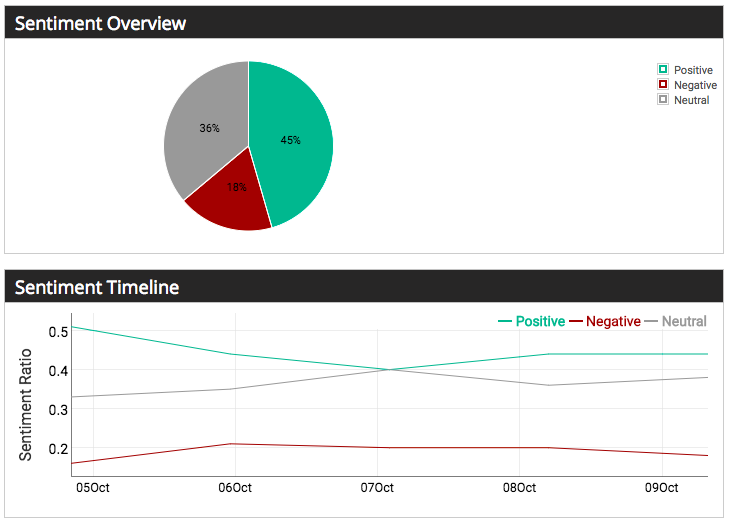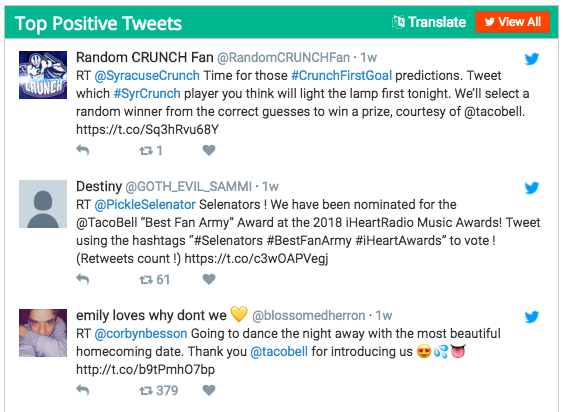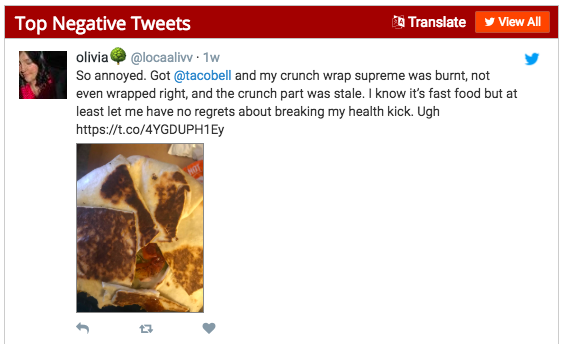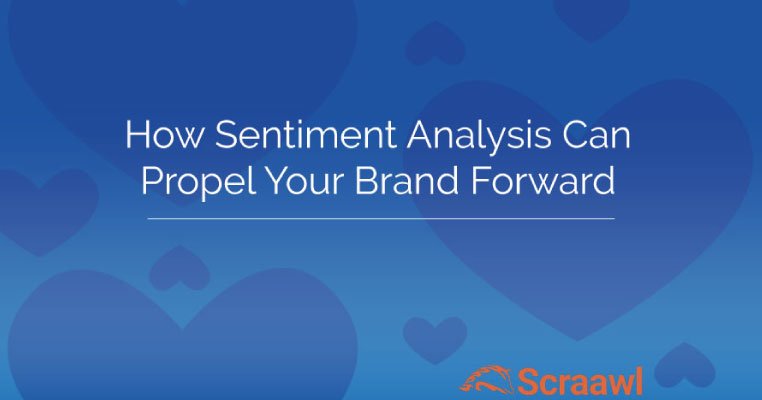As the classic Tina Turner song goes what’s love, what’s love got to do with it? The answer for brands, of course, is everything. Whether customers return for a repeat purchase lies in the distance between liking and loving a brand. Traditionally, in order to assess audience sentiment around a service or product, companies used to send out surveys. And while many still do, with social media, marketers now have access to an immense amount of text data which can be leveraged for sentiment analysis.
While surveys are helpful in user design research, for A/B testing and the like, social media is a great place to go to assess sentiment. Most brands conduct social listening, carefully following all mentions of their brand online. That’s why Sentiment Analysis is a powerful tool, because it can help to scale the analysis abilities of a single marketer. But with Sentiment Analysis there are caveats, and this is where we wanted to start first in this blog.
Limitations of Sentiment Analysis
1. Classification systems are as good as their training datasets
In order to build a machine learning model, data scientists need structured datasets. A structured dataset has features which are given weights in an algorithm. Any classification system, which is at the heart of any sentiment analysis tool, will be dependent on these beginning datasets.
2. It’s hard enough for two humans to understand each other
Accuracy in the model also dovetails into the question of linguistic nuance accuracy. Famed linguist Noam Chomsky made a name for himself in the 1960s with the revelation that language acquisition is isomorphic, that a sentence approached from different ways could still be understood by a human. But there are many acquisition factors that have yet to be fully replicated by a machine.
More simply, it’s hard to understand one another. In our blog, What is Natural Language Processing (and Why Should You Care)?, we discuss the difficulties in a machine understanding slang and sarcasm.
So much of human communication is actually non-verbal, and that is yet another barrier to conquer in the march towards machine-human language.
3. Social media is brief
If talk is cheap, then no wonder social media platforms are free. It is difficult to accurately assess shorter text data. While sentiment analysis accuracy has definitely reached new heights, the highest level of accuracy is still on large volumes of text data. For much shorter text posts, such as is the case in social media, accuracy is still a challenge. It’s the difference between a whole news article and a single 240 character tweet.
Benefits of Sentiment Analysis
So, if it’s so difficult to address these issues, how can sentiment analysis propel your brand forward? For that, let’s take a look at an example through Scraawl SocL. We ran a report on the brand @tacobell and so collected about 10,000 posts that both mentioned the brand or were tweets from the brand.
Now, for those uninitiated, Taco Bell is a polarizing brand. For some, it’s a beacon of light — with just $5 you could get a handful of burritos and tacos. For others, Taco Bell is difficult to swallow, literally. It is therefore, the perfect brand on which to run sentiment analysis. Before sentiment tools, the workflow for a social media marketer or brand manager used to go like this:
- Follow timeline feed –> Look out for customer dissatisfaction –> Offer customer support OR
- Follow timeline feed –> Look out for positive reviews –> Convert Fans to Advocates
In either example, the manager is helping to course correct a strategy, assuaging unhappy campers and activating positive customers into advocates.
With Scraawl we can simply run the analytic, Sentiment Analysis and see how the algorithm sorted the content:

Above is the break down of tweets that were either positive, negative, or neutral. It’s helpful to see how sentiment changes over time, if for example, there is a spike in emotion. This spike in sentiment can then be traced to an event, such as a PR snafu. For tweets that were not classified as positive or negative, they’re simply marked as neutral. Let’s look at examples of SocL’s classifications:


It would perhaps be tempting here to simply walk away and say that since the posts were 45% positive which is 27% more than the tweets classified as negative, therefore the brand Taco Belll is doing great on social media.
Again, remember the earlier points about the limitations of sentiment analysis, so it’s important as an analyst or marketer to review the classification to make sure it’s accurate. It is also worthwhile to look closely at the customers that are expressing negative sentiment.
Even if a small minority, unhappy customers are more likely to draw attention online, causing a distorted view of a brand. Strong marketing engagement tactics would be to interact with the dissatisfied user. Remember, brands don’t always have a solution, but they can always make their customers feel valued and heard.
Calculating the distance between
So what does love have to do with it? Depending on your available data, a sentiment tool like the advanced analytic in Scraawl SocL can help in a number of situations: in monitoring a new brand campaign, managing a PR scandal, or every day social listening. In summary:
1. Sentiment Analysis can help brands detect customer dissatisfaction
2. Sentiment Analysis can help brands support loyal customers
3. Sentiment Analysis can help brands course correct their SMM strategy
And most importantly, Scraawl SocL is able to scale the abilities of a marketer. Instead of going manually through hundreds or thousands of social media posts, social listening is a breeze.
Take it away, Tina.




